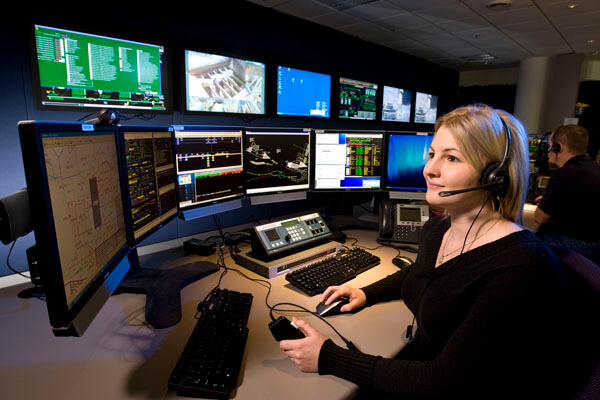Over the past several months, news of commodity prices being hit hard due the slowdown of China’s economy has been a common theme. It was refreshing to read positive news among so much turmoil. The article, Rio saves $200m a year using robots, big data, describes how that despite net earnings falling by 80%, Rio Tinto (the world’s number two mining company based on market value) is achieving savings by using automation and data analytics.
Rio Tinto and other mining companies are facing tough economic times. Profits decreased from $4.4 billion last year to $806 million in the six months the first half of 2015 largely on the back of slump in iron ore prices. This situation drove the need to reduce costs. The Pilbara cash unit costs were driven down to $16.20 per ton in H1 2015, compared to $20.40 per ton during the same period last year and $18.7 in H2 2014. The Melbourne-based company said cost reductions, favorable exchange rates, volume savings and lower energy costs helped to offset the decline in iron ore prices. Rio Tinto said it has cut $1 billion in expenses from its iron ore business since 2012.
But, Rio Tinto is granting a lot of this to its mining technology investment in their Mine of the future program. Rio Tinto’s Technology and Innovation chief executive Greg Lilleyman noted that its fleet of autonomous trucks and better analytics will deliver, “significant group-wide productivity improvements”:Rio Tinto’s first-mover status in autonomous equipment has resulted in significant productivity gains while our use of big data analytics has allowed us to safely extend maintenance cycles.
These productivity gains, combined with our asset management program, have us on a pathway to safely reduce maintenance costs by about $200-million a year over the next three years.
Currently the Mine of the Future program manages 15 mines, 43 trains and 4 ports some 1,500 km from the West Australian capital. They estimate that by this time last year, the robot army deployed in the Pilbara region of Western Australia had already moved 200 million tons and traveled nearly 4 million kilometers. Rio is also looking at autonomous drills and after spending $520 million on the project Rio said trains should also become remotely controlled this year.
I think this is great news for the industry, it is really showing how an investment in technology is paying off in a big way. It also shows that despite the bad time, miners can look in areas were technology will help them optimize production and reduce costs.
Also, it’s good to see how advancements like Integrated operations , Equipment Reliability and Remote Monitoring are been applied and are having a real impact in mining operations. I hope this will serve as example to industry so others will follow. Investing in technology today, even in difficult economic times, can pay off big time in the long range.
From Jim: You can connect and interact with other mining experts in the Metals and Mining group in the Emerson Exchange 365 community.


